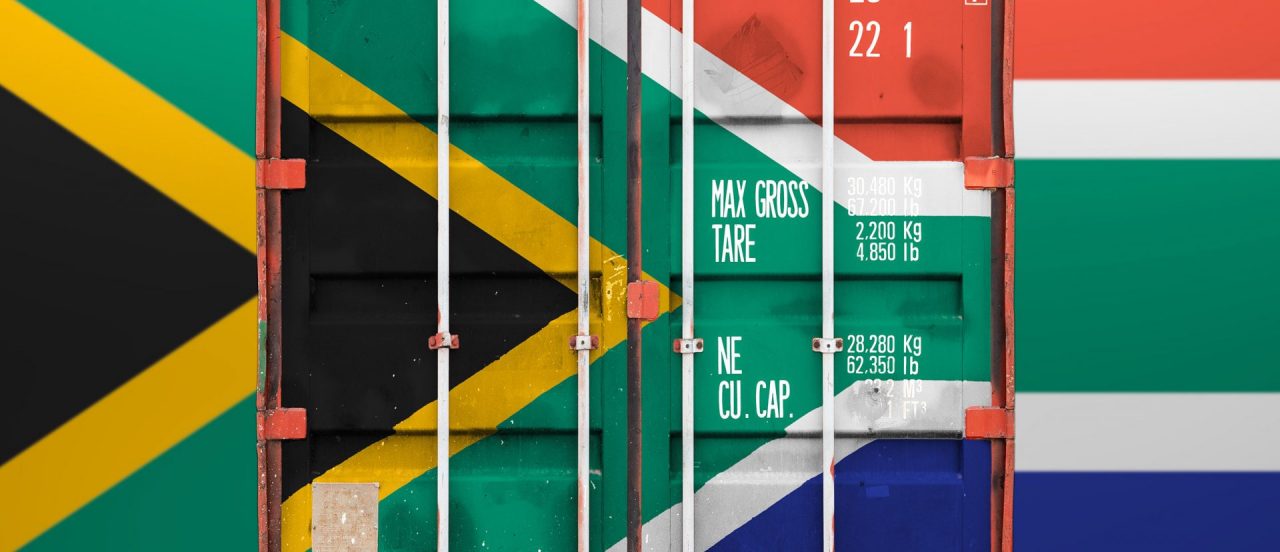The COVID-19 pandemic is likely to result in a large number of firms facing financial distress. This will likely lead to increased merger notifications appealing to the failing firm doctrine (“FFD”). The Competition Commission of South Africa will be faced with the difficult task of balancing future weakened competition in an already highly concentrated economy with possible firm exit in a country with an already high unemployment rate of 30.1 percent. This challenge will be heightened by requests for expeditious assessment of numerous mergers simultaneously. This article sets out some preliminary thoughts on the application of the failing firm doctrine in the context of the COVID-19 pandemic in South Africa. It starts with a brief review of the FFD in South African competition law, followed by considerations on the application of the FFD in the current circumstances.
By Raksha Darji, Rahma Leuner, &Tamara Paremoer1
I. INTRODUCTION
The COVID-19 pandemic is likely to result in a large number of firms facing financial distress. This will likely lead to increased merger notifications appealing to the failing firm doctrine (“FFD”). The Commission will be faced with the difficult task of balancing future weakened competition in an already highly concentrated economy with possible firm exit in a country with an already high unemployment rate of 30.1 percent. This challenge will be heightened by requests for expeditious assessment of numerous mergers simul
...THIS ARTICLE IS NOT AVAILABLE FOR IP ADDRESS 216.73.216.89
Please verify email or join us
to access premium content!

